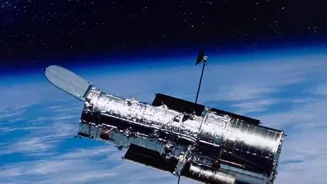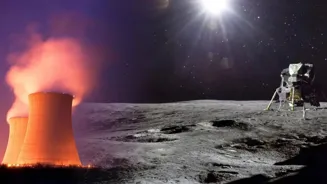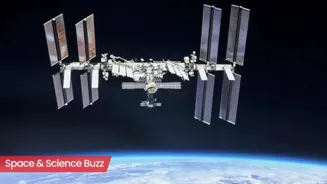Unveiling Space Exploration’s Impact on Earth’s Innovation: Discover how space missions spark revolutionary advancements benefiting daily life
Bangalore: Space exploration, often seen as a distant dream
involving rockets and astronauts, actually plays a vital role in fueling innovation right here on Earth. The challenges of venturing into the unknown push scientists and engineers to develop groundbreaking technologies.
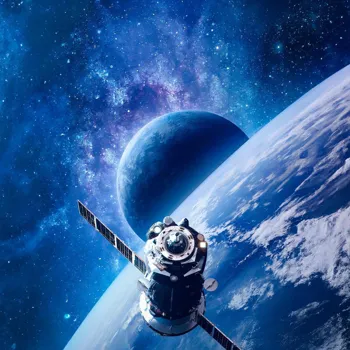
These aren't just for space; they find their way into our everyday lives, making them better and more efficient. From medical advancements to improved communication systems, space exploration's influence is all around us.
This article explores ten key ways space exploration inspires innovation that benefits everyone. It's not just about reaching for the stars; it's about bringing the future down to Earth.
Medical Miracles from Space Research
The extreme conditions of space demand innovative solutions for astronaut health. Monitoring vital signs, developing advanced imaging techniques, and creating specialized materials for prosthetics are all areas where space research has led to significant medical breakthroughs.
For instance, technology developed to monitor astronauts' heart health in space has been adapted for use in wearable devices that track patients' vital signs here on Earth, enabling doctors to remotely monitor their patients' well-being and detect potential problems early on.
Similarly, research into bone loss experienced by astronauts during long space missions has contributed to advancements in treating osteoporosis on Earth.
The compact and portable ultrasound technology used in space to diagnose medical issues has now been implemented in remote areas on the planet and helps in providing critical and immediate care.
Advanced materials born from space needs
Advanced Materials Born from Space Needs The need for lightweight yet incredibly strong materials for spacecraft and satellites has spurred the development of advanced materials science.

Carbon fiber composites, initially designed for spacecraft structures, are now widely used in everything from airplanes and cars to sporting equipment and prosthetics.
These materials are not only strong but also lightweight, resulting in fuel efficiency in transportation and enhanced performance in sports.
Furthermore, research into heat-resistant materials for spacecraft has led to the development of improved fire-resistant clothing and building materials, making our homes and workplaces safer.
The unique properties that are crucial for extreme space environments have changed the way we design structures.
Space tech advances water purification, saving lives globally
Water Purification Technologies From Space Saving Lives. Clean water is essential to life, and space exploration has significantly contributed to developing more efficient water purification technologies.
The closed-loop life support systems used on the International Space Station, which recycle water and air, have inspired the creation of advanced water purification systems for use in disaster relief efforts and in areas with limited access to clean water.
These systems can remove contaminants and bacteria from water sources. They bring life-saving clean water to communities in need.
The technology is also used in home water filtration systems and in industrial processes where water purity is critical, reducing water consumption and waste, this helps improve the planet.
Improved Communication Systems Thanks to Space
Space exploration has always pushed the boundaries of communication technology. The development of satellite communication systems, essential for transmitting data and voice signals across vast distances in space, has revolutionized global communication.
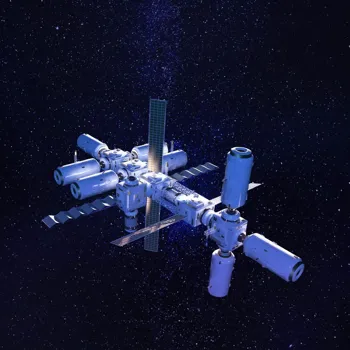
Today, satellites provide internet access to remote areas, enable global television broadcasting, and facilitate navigation through GPS systems.
Mobile phone technology, which allows us to communicate wirelessly, owes much of its development to the innovations in radio communication needed for space missions.
The ability to quickly and reliably connect with others across the world has transformed business, education, and personal relationships.
Solar Power Advancements Inspired by Space Missions
Spacecraft rely on solar panels to generate electricity, and the demand for efficient and lightweight solar technology has driven significant advancements in this field.

Research into improving the efficiency of solar cells for space applications has led to the development of more affordable and effective solar panels for use on Earth.
Solar power is becoming an increasingly important source of clean energy, reducing our reliance on fossil fuels and mitigating climate change. The compact and durable solar panels developed for space are also finding applications in portable power devices and off-grid energy systems.
GPS Navigation
Guiding Us on Earth and in Space: The Global Positioning System (GPS), initially developed for military and space applications, has become an indispensable tool for navigation around the globe.
GPS technology relies on a network of satellites orbiting the Earth to provide accurate location information to users on the ground. Today, GPS is used in everything from car navigation systems and smartphones to surveying equipment and precision agriculture.
It has transformed transportation, logistics, and countless other industries. The precision and reliability of GPS technology also play a crucial role in space missions, enabling spacecraft to navigate and dock with pinpoint accuracy.
Better Food Production with Space-Based Research
Space exploration has also contributed to advancements in food production. Research into growing plants in space, necessary for long-duration missions, has led to the development of innovative techniques for sustainable agriculture on Earth.

These include hydroponics and aeroponics, which allow plants to be grown without soil, using less water and fewer pesticides. These techniques are particularly valuable in urban areas and in regions with poor soil conditions.
Space-based research has also helped to optimize crop yields and improve the nutritional content of food.
Advancements in Robotics and Automation from Space
The challenges of operating in the harsh and remote environment of space have driven the development of advanced robotics and automation technologies.
Robots are used in space missions to perform tasks that are too dangerous or difficult for humans, such as exploring distant planets and repairing satellites. These technologies are now being applied to a wide range of industries on Earth, including manufacturing, healthcare, and logistics.
Robots can automate repetitive tasks, improve efficiency, and enhance safety in the workplace.
Software and Computing Innovations from Space Programs
Space missions require sophisticated software and computing systems to control spacecraft, process data, and simulate complex scenarios. The development of these systems has led to significant advances in software engineering, computer science, and data analysis.
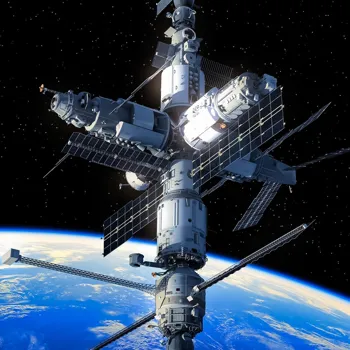
These innovations have found applications in many other fields, including finance, healthcare, and transportation.
For example, the image processing techniques developed for analyzing telescope images are now used in medical imaging to diagnose diseases and in security systems for facial recognition.
Inspiring the Next Generation of Innovators
Perhaps the most important way that space exploration inspires innovation is by igniting the imagination and curiosity of young people. Space missions capture the public's attention and inspire students to pursue careers in science, technology, engineering, and mathematics (STEM).
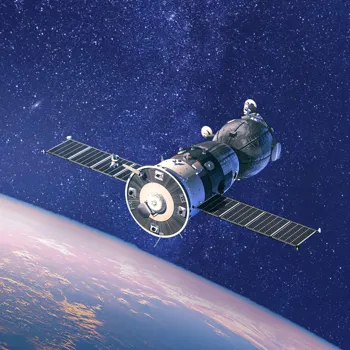
These future innovators will drive the next wave of technological advancements. Space exploration also fosters a sense of collaboration and problem-solving, encouraging people from different backgrounds to work together to achieve common goals.




